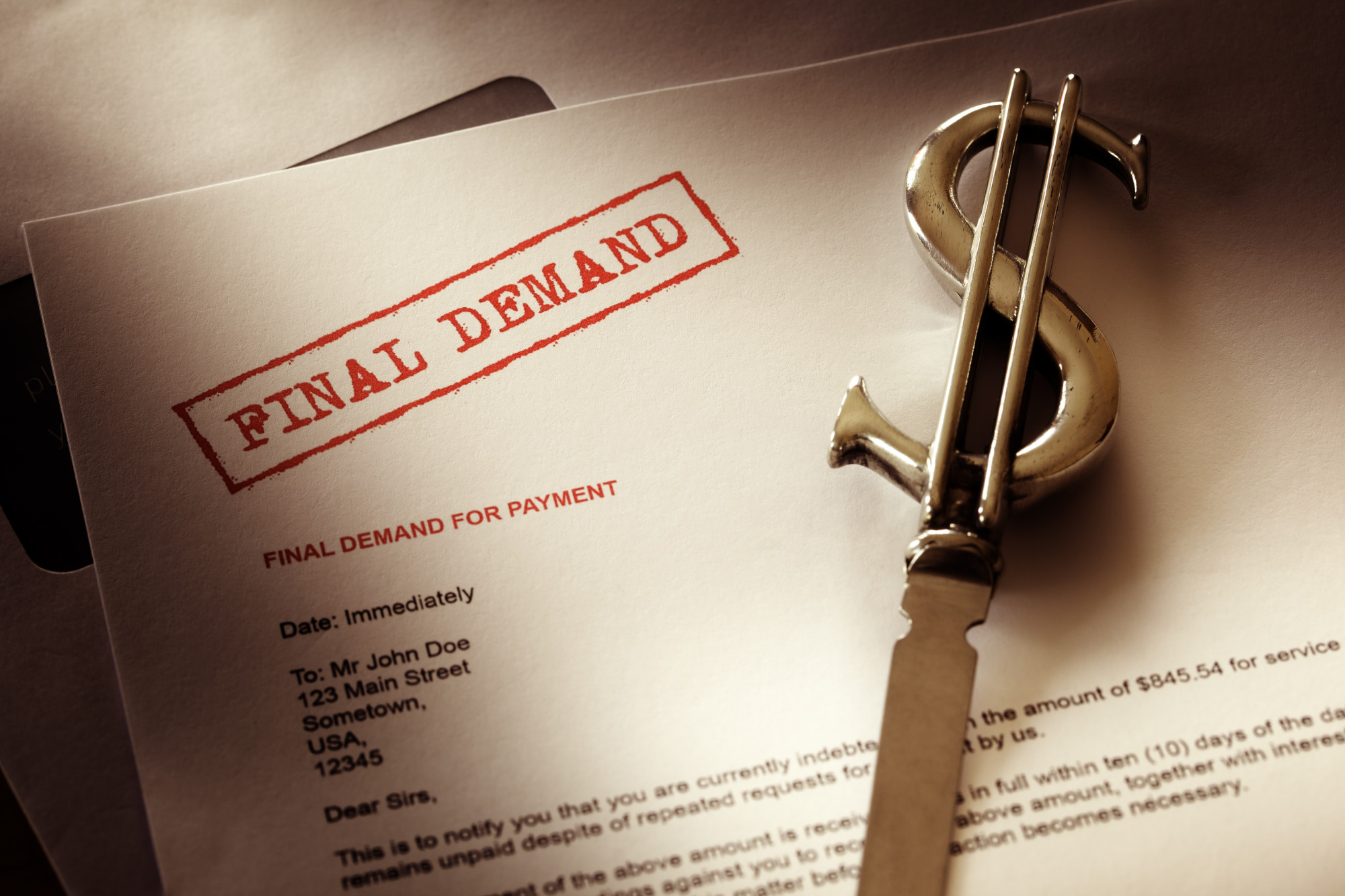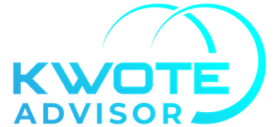
How do Debt Collection Agencies Bill for Services?
Debt collection agencies play an integral role in the business landscape by helping organizations recover unpaid debts from delinquent customers. Given the significance of their work, it’s essential to understand how they charge for their services. Here’s an in-depth look at the billing methods employed by debt collection agencies:
1. Contingency Fees
Contingency fees are the most common billing method used by debt collection agencies. In this model, the agency only charges a fee if it successfully recovers a portion or the entire amount owed. The fee is typically a percentage of the amount collected, which can range from 10% to 50% or more, depending on several factors, including:
- Age of the Debt: Older debts are harder to collect, so agencies might charge a higher percentage for them.
- Size of the Debt: Larger amounts might command a smaller percentage fee because even a small percentage of a large amount can be substantial.
- Type of Debt: Commercial debts (B2B) might have different rates than consumer debts.
- Jurisdiction: Some areas might have stricter regulations on collections, affecting the fee.
2. Flat-Fee Service
In this billing method, the agency charges a fixed fee for its services. This is typically used for newer debts where the probability of collection is higher. The flat fee is agreed upon upfront, regardless of the amount the agency is able to collect.
3. Hourly Rates
Though less common, some agencies might charge by the hour, especially if they offer specialized services or deal with complicated cases. This method provides clarity on the costs upfront, but it might not always align the agency’s interests with that of the creditor.
4. Retainer Model
In some cases, particularly with larger businesses, a debt collection agency might operate on a retainer model. Here, the agency is paid a retainer (upfront fee) to handle all collection-related activities for a particular period. Additional costs might be charged based on success or other agreed-upon metrics.
5. Purchase of Bad Debts
Instead of trying to collect the debt on behalf of the original creditor, some agencies might buy the delinquent accounts outright at a fraction of their face value. This model transfers the risk to the collection agency because they own the debt and stand to gain or lose based on their collection success. The original creditor gets a guaranteed, albeit reduced, amount without the hassle of collections.
Factors to Consider When Choosing a Billing Model
If you’re a business considering employing a debt collection agency, it’s essential to assess:
- Your Cash Flow Needs: If you need funds immediately, selling your debt might be a viable option. Otherwise, a contingency model can maximize returns.
- Age and Size of the Debt: Older and smaller debts might be better suited for flat fees or debt purchasing models.
- Your Risk Appetite: If you’d prefer not to gamble on the agency’s success rate, a flat fee or hourly rate might be more appealing.
Debt collection agencies offer various billing methods to suit different business needs and risk appetites. By understanding these models, businesses can make informed decisions about which approach will serve them best in their quest to recover unpaid debts.
